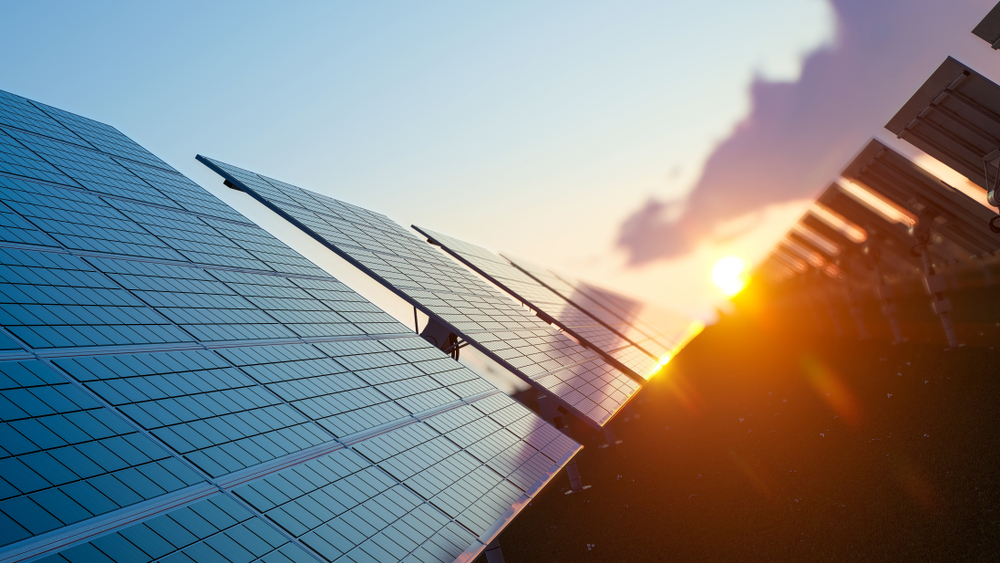BlackRock’s clean energy ETFs are on the cusp of undergoing another overhaul as S&P Dow Jones Indices (SPDJI) sets out a list of potential methodology changes to the ETFs’ underlying index.
According to a consultation issued by SPDJI last Friday, the S&P Global Clean Energy index used by the iShares Global Clean Energy ETF (ICLN) and iShares Global Clean Energy UCITS ETF (INRG) could see an expansion of its investment universe, weighting scheme changes and the incorporation of new exclusion criteria.
In keeping with predictions from Société Générale after SPDJI’s last consultation, expanding the eligible investment universe will come in three forms.
First, the index provider will acknowledge the global scale of the clean energy transition by including equities listed in emerging markets within its clean energy benchmark.
Second, it has added some tangible metrics to its clean energy exposures. Companies must now derive at least 25% of their aggregate revenue from clean energy production or non-production related businesses; general utilities stocks must generate at least 20% of their power from renewable sources; or be classified as a ‘renewable utilities’ company by the GICS sub-industry renewable electricity.
However, companies previously given an exposure score of at least 0.5 in the existing universe will also be included with SocGen having criticised the vague nature of the 0.5 score and its requirement that companies need only have “some” clean energy exposure.
Third, SPDJI said it is considering separating “production” and “non-production” companies into exclusive segments and introducing new sub-sector scopes such as energy storage, smart grid technologies and metres, alternative energy vehicle manufacturers and efficient energy application.
It will base these new scopes on FactSet’s Revere Business Industry Classification System (RBICS) data on sub-industries which will also see alternative power and fuels, photovoltaic and solar cell providers, and manufacturers of LED lights, semiconductors and batteries including in its clean energy benchmark.
Regarding changes to weighting methodology, SPDJI said different caps will be placed on different exposure scores and production and non-production firms.
Those involved in clean energy production will retain their 8%, 6% and 4% weighting caps based on their 1, 0.75, 0.5 exposure scores, respectively.
The non-production company segment will make up no more than 33% of the index with companies capped at 4%, 3% and 2% apiece.
Single stock scoring methodology on factors such as purity of exposure and liquidity have also been amended.
Production companies’ exposure scores will now be based on percentage of clean power generation produced by utilities and percentage of revenue from clean energy activities while only the latter will be available for non-production companies.
SPDJI added its current 5x liquidity weight cap rule will be changed so each stock will be subject to the individual exposure score caps depending on whether they fall under production or non-production segments. The firm added any excess weights will be redistributed proportionally across the index.
Finally, the index provider said it wants to provide a three-pronged screening approach. It said it will amend its current carbon-to-revenue screen to calculate intensity footprints for all stocks in the preliminary universe with an exposure score of 1 while not factoring in stocks with exposure scores of 0.75 and 0.5.
This calculation will be done by taking the mean carbon-to-revenue footprint of all preliminary universe equities with a score of 1 and then subtracting this from each stock’s individual footprint, then dividing the difference by the standard deviation (with the top and bottom five percent of companies excluded from the mean and standard deviation calculations).
The firm also plans to apply a screen for business involvement based on data from Sustainalytics. While stringent on company involvement in weaponry, firms are allowed to have significant ownership of controversial weapons enterprises up to 25% and are allowed to be up to 25% involved in companies deriving power from thermal coal.
Finally, SPDJI hopes to add apply a screen for reputation risk based on a media and stakeholder overlay. Applying data from RepRisk, index constituents will be analysed on a daily basis for potential controversies, including economic crime and corruption, fraud, illegal commercial practices, human rights abuses, labour disputes, workplace safety, catastrophic accidents and environmental disasters.
Once the index committee has removed based on S&P Media and Stakeholder Analysis (MSA), it will not be eligible for re-entry into the indices for a full calendar year.
A new batch of changes were expected following SPDJI’s last clean energy consultation earlier this year, however, the nature of its new amendments will give ICLN and INRG investors plenty to discuss.
Further reading





